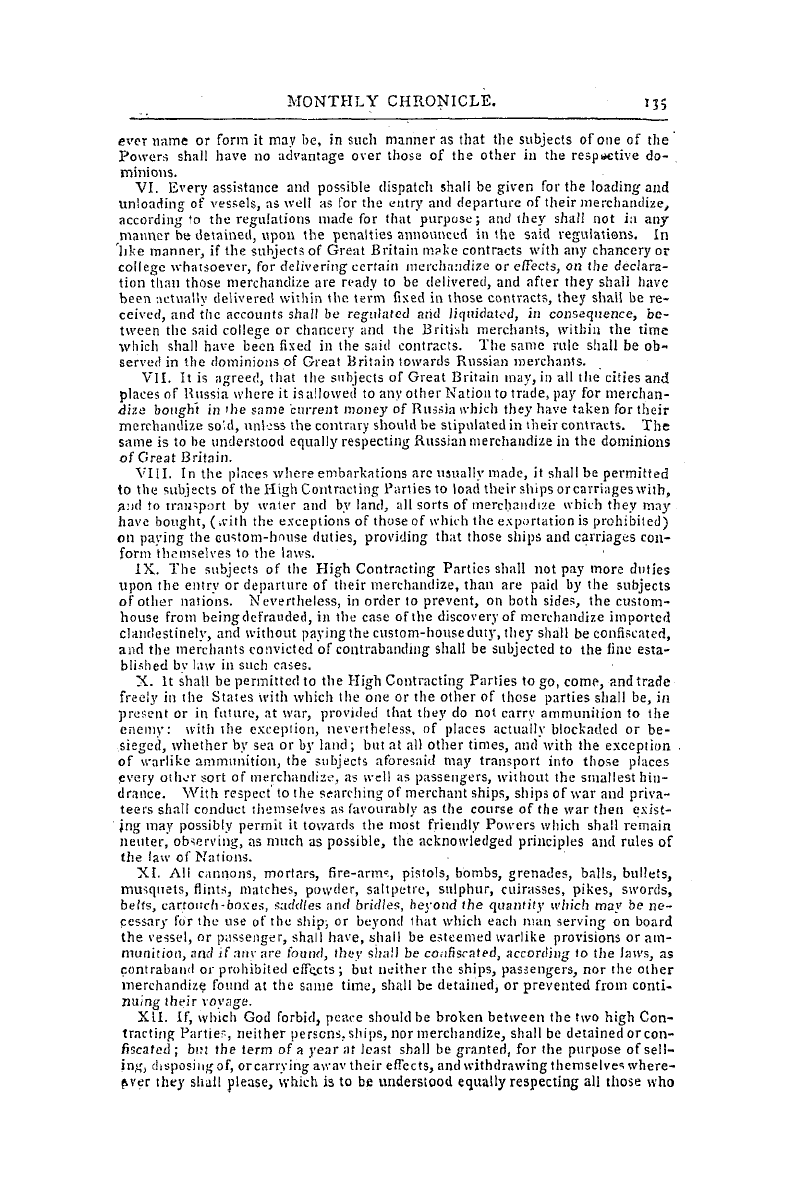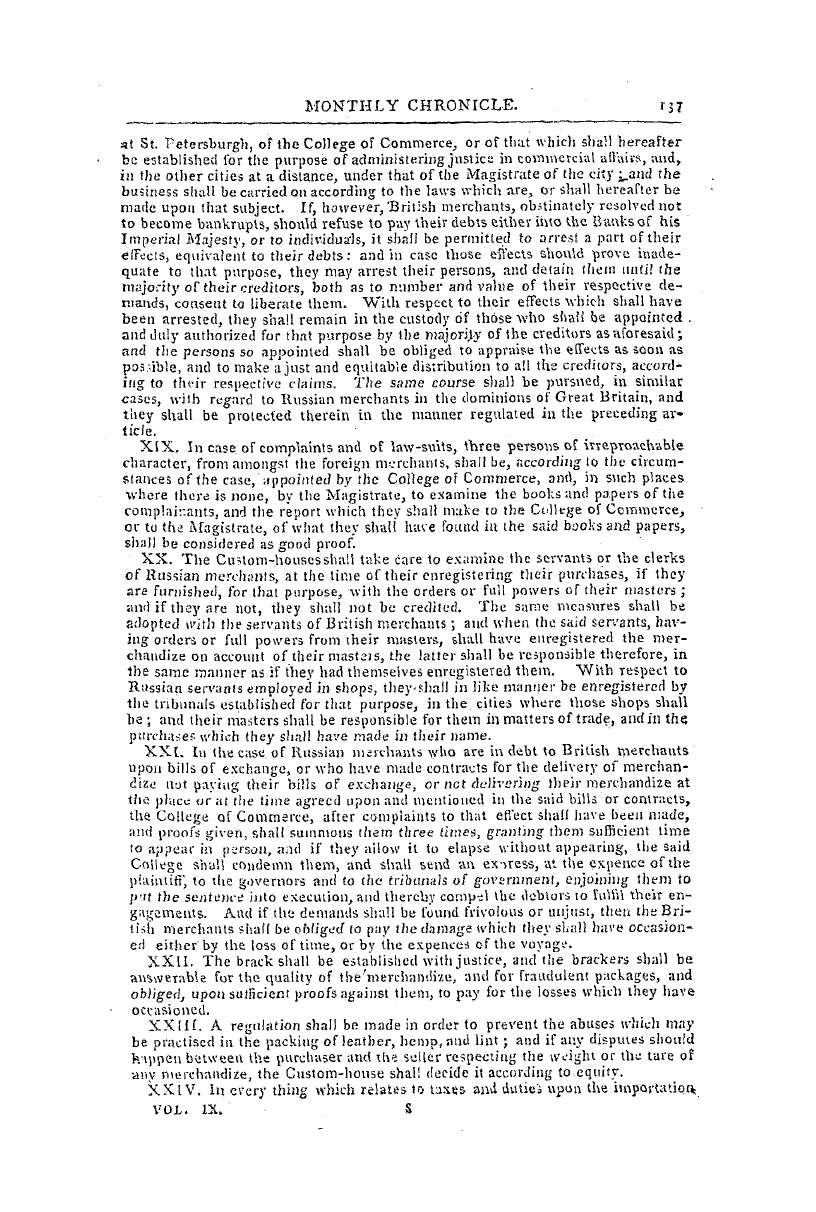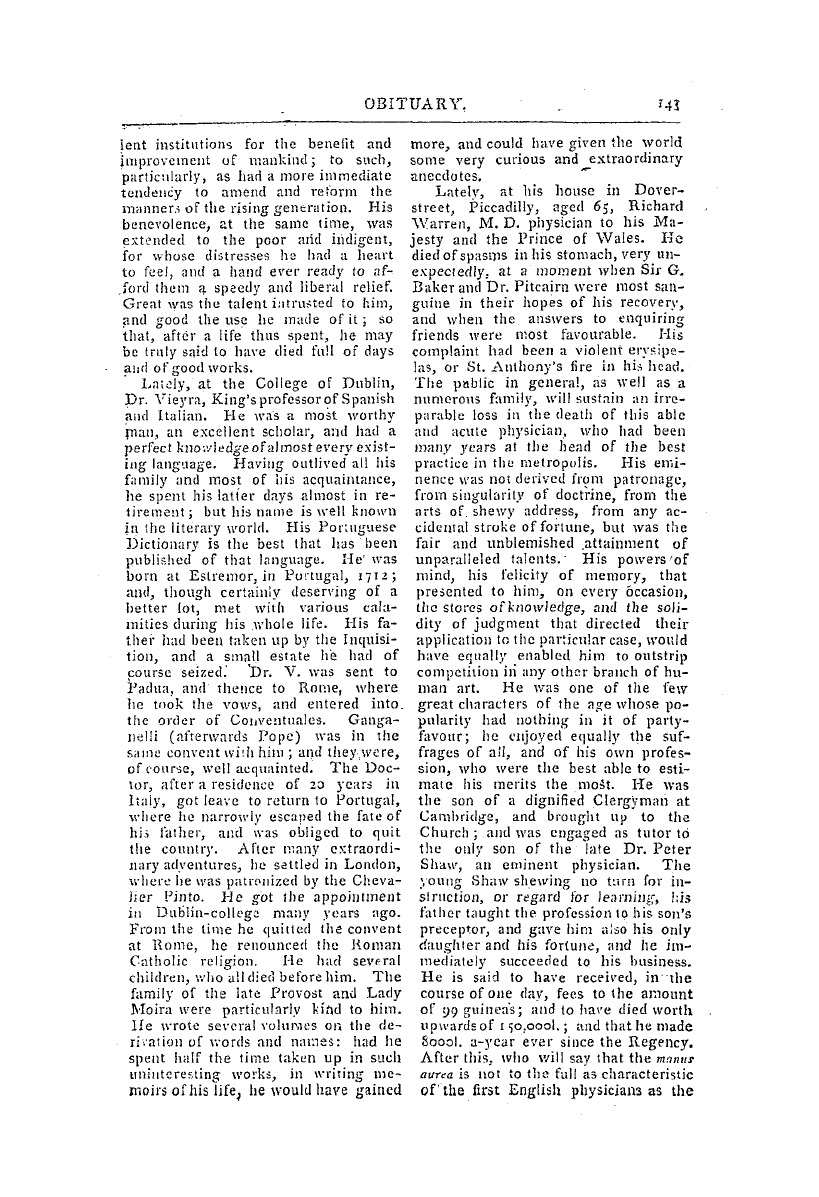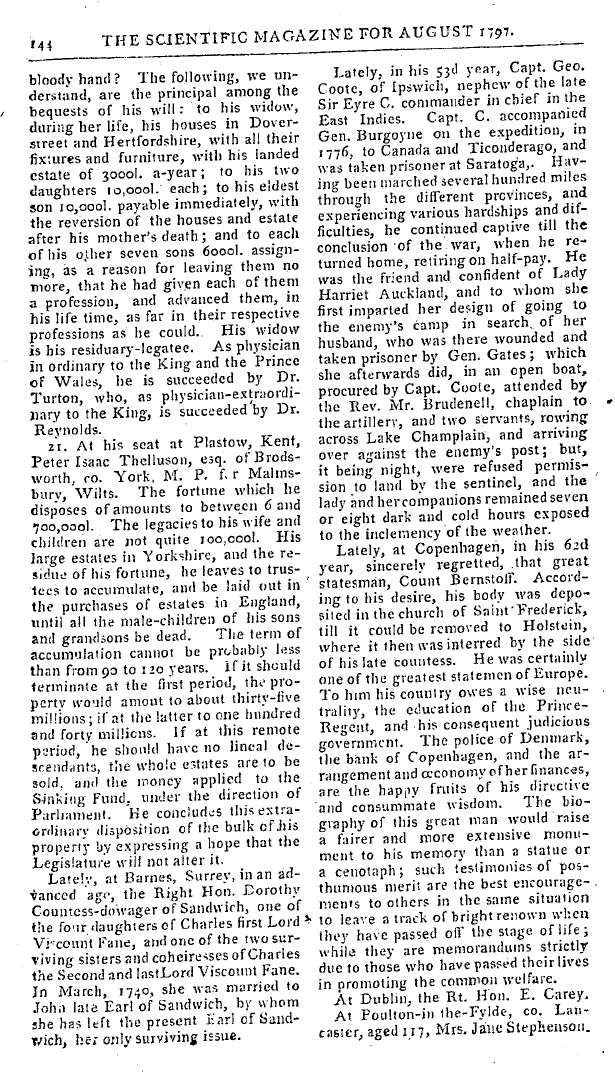-
Articles/Ads
Article A BRIEF SYSTEM OF CONCHOLOGY. ← Page 3 of 4 →
Note: This text has been automatically extracted via Optical Character Recognition (OCR) software.
A Brief System Of Conchology.
collections , hate the disagreeable outsides , and will have all such polish , d . It would be veiv advisable , however , for both knios of collectors to ha-e the same " shelis in different specimens , both rough a'd polished : the naturalist wo-. Id by this means , besides knowing the outside of the shell , be better acquainted with its internal characters than he otherwise could be , and the lady would have a pleasure ht stateto its
in comparing the beauties of the shell , in its wroug , _ coarse appearance as nature ( jives it . Plow many elegancies in this part of the creation u-iusr be " wholly lost to us , if it were not for the assistance of an art of this kind ! Many shells in their native state are like rough diamonds ; and we can form no just idea of their beauties till they ' have been polished and wrought into form . valuable it
Th . mtrh ' the art of polishing shells is a very one , yet ¦ is very dangerous to the shells ; for without the utmost care , the means used to polish and beautify a shell often wholly destroy it . When a shell is to be polished , the first thing to be examined is whether it have naturally a smooth surface , or be covered with tubercles prominences
or . . A shell which has a smooth surface , and a natural dull polish , need only be rubbed with the hand , or with a piece of chamoy leather , with some tripuli , or fine rotten stone , and will become ofa perfectly bright and fine polish . Emery is not to be used on this occasion , because it wears away too much of the shell . This operation requires the hand of an experienced person , that knows how superficial the work must
be , and where to slop ; for in many of these shells the lines are only on the surface , and the wealing away ever so li tie of the shell defaces them . A shell that is rough , foul , and crustv , or covered with a tartareous coat , must be left a whole day steeping in hot water : when it has imbibed a large quantity of this , it is to be rubbed with rough emery on a stick , or with the blade of a knife , in order to get in diluted
off the coat . After this it may be dipped aquafortis , spirit of salt , or any other acid ; and after remaining a few moments in it , be again plunged into common water . This will add greatly to the speed of the work . After this it is to be well rubbed with linen cloths , impregnated with common soap ; and when by these several means it is made perfectlcleanthe polishing is to be finished with fine
y , emerv and a hair-brush . If after this the shell when dry appears not to have so good a polish as was desired , it must be rubbed over with a solution of gum arabic ; and this will add greatly to its gloss , without doing it the smallest injury . The gum-water must not be too thick , and then it gives no sensible coat , only heightening the colours . The white of an egg answers this purpose also very well ; but it is which will
subject to turn yellow . If the shell has an epidermis , by no means admit the polishing of it , it is to be dipped several times in diluted aquafortis , that this may be eaten off ; and then the shell is to be polished in the usual way with putty , fine emery , or tripoli , on the hair of a fine biush . When it is only a pellicle that hides the colours , the t hells must be steeped in hot water , and after that the skin worked off by degrees with an old file . This is the case with
Note: This text has been automatically extracted via Optical Character Recognition (OCR) software.
A Brief System Of Conchology.
collections , hate the disagreeable outsides , and will have all such polish , d . It would be veiv advisable , however , for both knios of collectors to ha-e the same " shelis in different specimens , both rough a'd polished : the naturalist wo-. Id by this means , besides knowing the outside of the shell , be better acquainted with its internal characters than he otherwise could be , and the lady would have a pleasure ht stateto its
in comparing the beauties of the shell , in its wroug , _ coarse appearance as nature ( jives it . Plow many elegancies in this part of the creation u-iusr be " wholly lost to us , if it were not for the assistance of an art of this kind ! Many shells in their native state are like rough diamonds ; and we can form no just idea of their beauties till they ' have been polished and wrought into form . valuable it
Th . mtrh ' the art of polishing shells is a very one , yet ¦ is very dangerous to the shells ; for without the utmost care , the means used to polish and beautify a shell often wholly destroy it . When a shell is to be polished , the first thing to be examined is whether it have naturally a smooth surface , or be covered with tubercles prominences
or . . A shell which has a smooth surface , and a natural dull polish , need only be rubbed with the hand , or with a piece of chamoy leather , with some tripuli , or fine rotten stone , and will become ofa perfectly bright and fine polish . Emery is not to be used on this occasion , because it wears away too much of the shell . This operation requires the hand of an experienced person , that knows how superficial the work must
be , and where to slop ; for in many of these shells the lines are only on the surface , and the wealing away ever so li tie of the shell defaces them . A shell that is rough , foul , and crustv , or covered with a tartareous coat , must be left a whole day steeping in hot water : when it has imbibed a large quantity of this , it is to be rubbed with rough emery on a stick , or with the blade of a knife , in order to get in diluted
off the coat . After this it may be dipped aquafortis , spirit of salt , or any other acid ; and after remaining a few moments in it , be again plunged into common water . This will add greatly to the speed of the work . After this it is to be well rubbed with linen cloths , impregnated with common soap ; and when by these several means it is made perfectlcleanthe polishing is to be finished with fine
y , emerv and a hair-brush . If after this the shell when dry appears not to have so good a polish as was desired , it must be rubbed over with a solution of gum arabic ; and this will add greatly to its gloss , without doing it the smallest injury . The gum-water must not be too thick , and then it gives no sensible coat , only heightening the colours . The white of an egg answers this purpose also very well ; but it is which will
subject to turn yellow . If the shell has an epidermis , by no means admit the polishing of it , it is to be dipped several times in diluted aquafortis , that this may be eaten off ; and then the shell is to be polished in the usual way with putty , fine emery , or tripoli , on the hair of a fine biush . When it is only a pellicle that hides the colours , the t hells must be steeped in hot water , and after that the skin worked off by degrees with an old file . This is the case with








































































